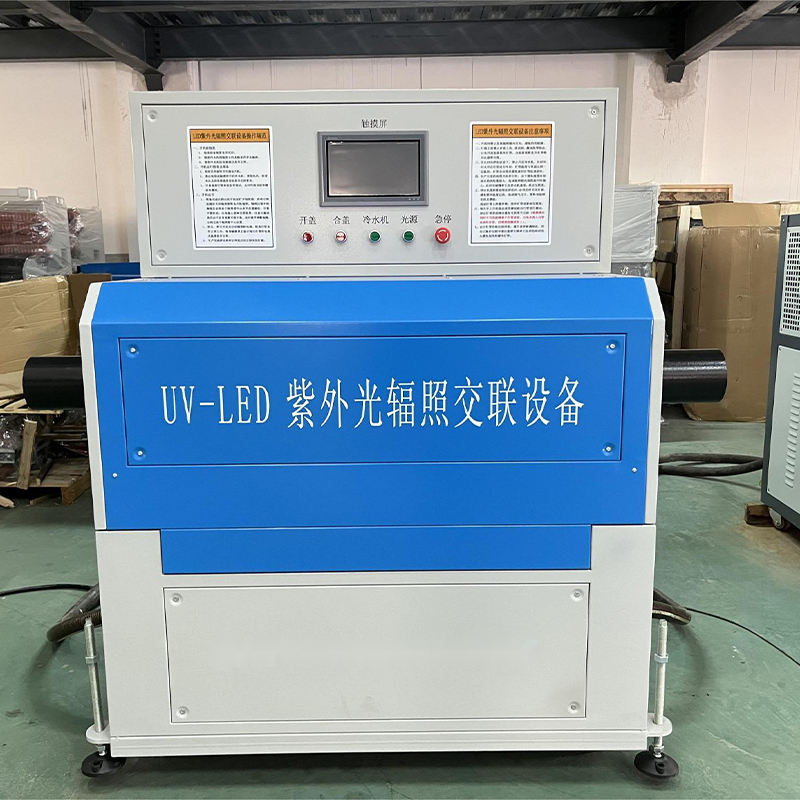Exploring the Functionality and Applications of Tensile Testing Equipment in Material Science
Understanding Tensile Testing Machines An Overview
Tensile testing machines, also known as universal testing machines (UTM), are critical devices used in material science and engineering to measure the strength and deformation characteristics of various materials. These machines assess how materials respond to controlled tensions and provide essential data that helps engineers and scientists understand the mechanical properties of materials, which is vital in various industries, from construction to manufacturing.
The Importance of Tensile Testing
Tensile testing is an essential process in determining the mechanical properties of materials, such as yield strength, tensile strength, elongation, and reduction of area. This information is crucial for engineers when selecting materials for specific applications. For example, in the construction industry, knowing the tensile strength of steel helps ensure that structures can withstand expected loads without failure. Additionally, in the aerospace industry, materials must meet strict criteria to endure the unique stresses experienced during flight.
Components of a Tensile Testing Machine
A typical tensile testing machine consists of several key components
1. Load Frame This is the machine's structural backbone, designed to handle the loads applied during testing. The frame must be robust enough to ensure accurate measurements without bending or yielding itself.
2. Load Cell A load cell is a sensor that measures the force applied to the material being tested. This data is essential for determining the material's response under tensile stress.
3. Grips Grips hold the specimen securely in place during testing. The selection of grips depends on the material being tested and its shape. Common types include wedge grips, pneumatic grips, and hydraulic grips.
4. Crosshead The crosshead moves in response to the applied load, extending or compressing the specimen. The movement speed can be controlled precisely, which is essential for generating accurate data.
5. Data Acquisition System This component collects and analyzes the data from the load cell and other sensors to produce graphs and results. The system often includes software that enables users to perform additional analyses and generate reports.
tensile testing machine

The Testing Process
The tensile testing process typically involves the following steps
1. Specimen Preparation A sample of the material is prepared, usually in a standardized shape, such as a dog bone or flat strip, to ensure consistent results. The dimensions and shape may vary based on industry standards.
2. Mounting the Specimen The prepared sample is then securely mounted in the machine's grips. Ensuring a proper fit is crucial to prevent slippage or premature failure.
3. Running the Test The machine gradually applies tension to the specimen at a constant rate. As the load increases, the machine records the applied force and the resulting elongation of the material.
4. Data Analysis Once the specimen fails, the data collected is analyzed to determine key properties such as yield strength, ultimate tensile strength, modulus of elasticity, and ductility. The results are typically presented in a stress-strain curve, which visually represents the material's behavior under tension.
Applications of Tensile Testing Machines
Tensile testing machines have a wide range of applications across various industries. In automotive manufacturing, they are used to test metals, polymers, and composites for safety and durability. In the textile industry, tensile tests assess the strength and elasticity of fabrics. Furthermore, in research and development, they play a vital role in material innovation, allowing scientists to explore new materials and their potential applications.
Conclusion
Tensile testing machines are indispensable tools in understanding material properties and ensuring the safety and reliability of products across numerous industries. They provide valuable insights that influence design choices, material selection, and quality control processes. As technology advances, these machines continue to evolve, offering higher precision, faster testing times, and improved data analysis capabilities, further enhancing their importance in the field of material science and engineering. Understanding the operation and outcomes of tensile testing is crucial for anyone involved in material development and application.
-
Why the Conductor Resistance Constant Temperature Measurement Machine Redefines Precision
NewsJun.20,2025
-
Reliable Testing Starts Here: Why the High Insulation Resistance Measuring Instrument Is a Must-Have
NewsJun.20,2025
-
Flexible Cable Flexing Test Equipment: The Precision Standard for Cable Durability and Performance Testing
NewsJun.20,2025
-
Digital Measurement Projector: Precision Visualization for Modern Manufacturing
NewsJun.20,2025
-
Computer Control Electronic Tensile Tester: Precision and Power for the Modern Metal Industry
NewsJun.20,2025
-
Cable Spark Tester: Your Ultimate Insulation Assurance for Wire and Cable Testing
NewsJun.20,2025
 Copyright © 2025 Hebei Fangyuan Instrument & Equipment Co.,Ltd. All Rights Reserved. Sitemap | Privacy Policy
Copyright © 2025 Hebei Fangyuan Instrument & Equipment Co.,Ltd. All Rights Reserved. Sitemap | Privacy Policy
